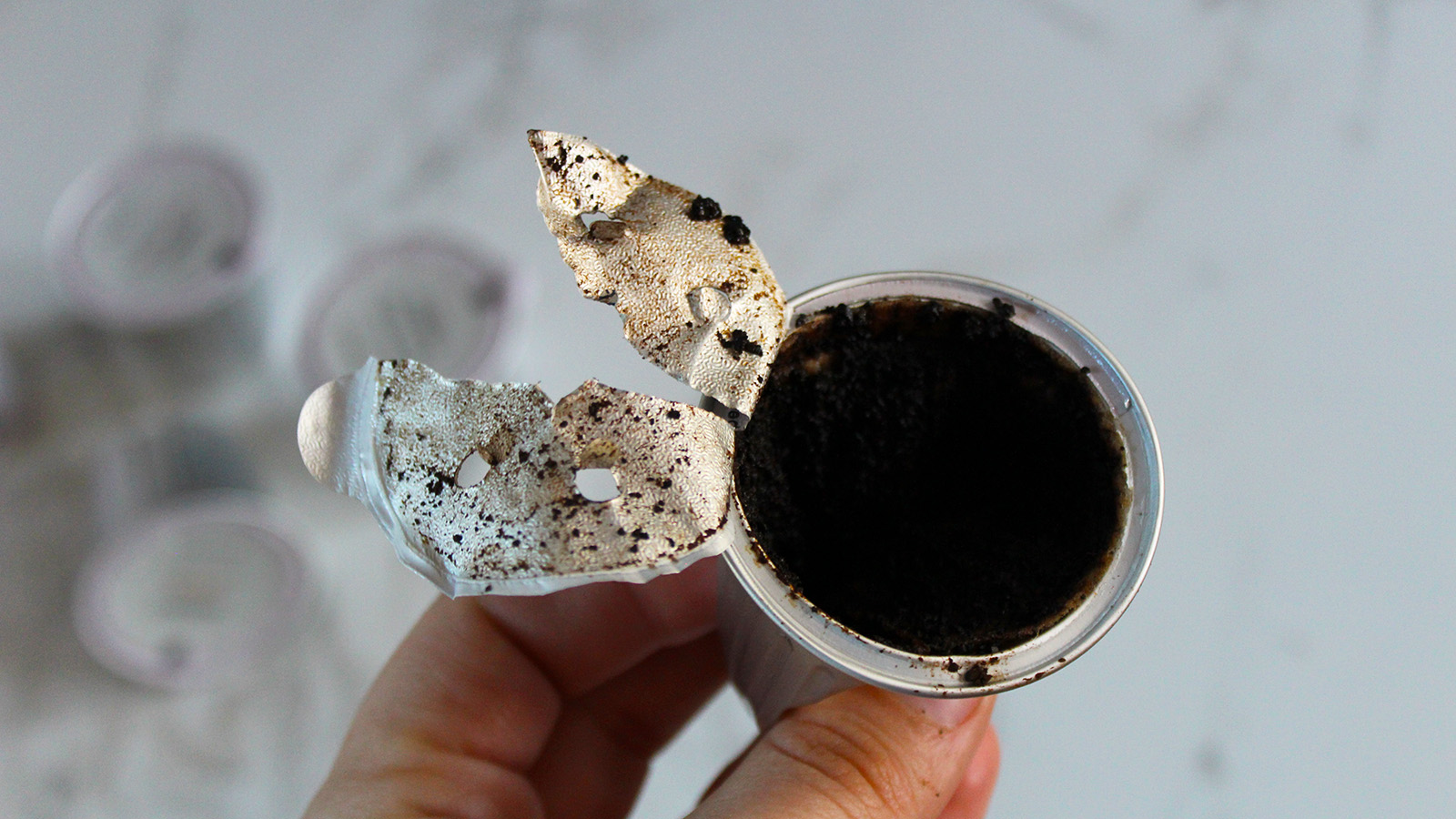
Coffee pods have revolutionized the way millions of people brew their morning cup, but there's no doubting the environmental cost. Since 2020, Keurig's K-Cups have made significant strides by producing fully recyclable pods from polypropylene, the material found in many everyday household items.
However, there's a bit of a catch: despite accepting other polypropylene products, many recycling facilities still won't process coffee pods due to outdated infrastructure or sorting limitations. If you're looking to make your daily coffee routine more sustainable, we've got you covered.
While using one of our recommended best Keurig coffee maker is a great start, you can also make your Keurig last longer by pre-puncturing your K-cups for better brewing. But first, let's tackle the proper way to recycle your pods.
1. Remove the foil lid

Carefully peel back the foil seal, making sure to remove it completely. The aluminum foil lid should be discarded with your regular recycling.
2. Deal with the coffee grounds

Empty the used coffee grounds into your compost bin if you have one. Coffee grounds make excellent compost material and can enrich your garden soil. If composting isn't an option, you can dispose of the grounds in your regular trash or garden waste bin.
3. Recycle the plastic cup

Give the cup a a quick rinse to remove any coffee residue. Once empty and clean, the plastic cup can go in your recycling bin.
While recycling coffee pods takes a few extra steps, it's a worthwhile effort to reduce waste from your daily brew. If you're looking for other coffee tips, discover how to make coffee without a coffee maker — 5 easy techniques, or check out 4 experts share their favorite way to make coffee on the go. And if you're ready to level up your coffee game, explore I learned this milk steaming hack at barista school, and my latte art instantly improved.







